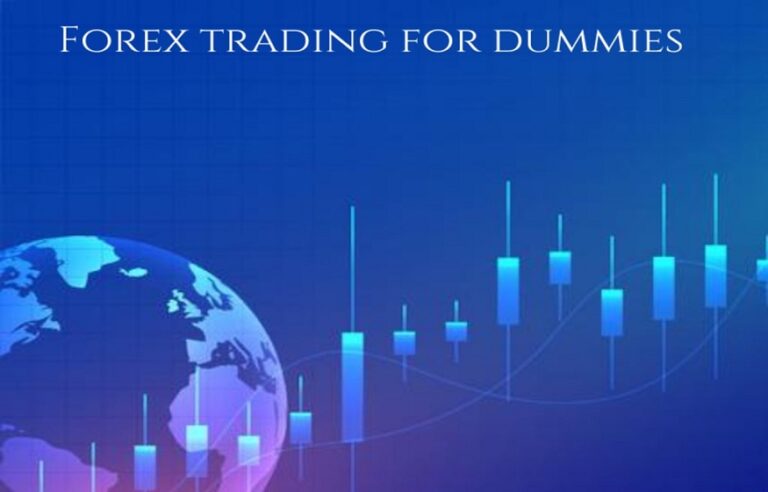
In Shakespeare’s language, the term therefore has a broader scope than in French, where it is limited to the trading of financial securities
Although we can speak of “market operations” to designate trading activity, the English term is very widely used, particularly by professionals.
Trading or investing? What’s the difference?
The difference between trading and investing is subtle. It’s sometimes said that a trader makes short-term trades, while an investor takes long-term positions. However, some trading strategies are long-term. In my opinion, the main differences are:
Investment is a broader term, which can refer to real estate investment , investment in listed stocks, but also in startups or SMEs . The investor directly or indirectly finances the companies in which he invests and therefore has an essential role in the functioning of the economy. Although most investors are passive, some can also be personally involved in the company’s strategy, like Warren Buffett . The investor aims for long-term returns and derives income from both dividends and capital gains.
Trading focuses exclusively on publicly traded assets. Furthermore, traders care little about the commercial success of the companies they are trading. They often even bet on a stock’s decline or use derivatives whose economic benefits are questionable. Many traders seek to make quick profits through regular capital gains.
Trading is a time-consuming activity that requires daily monitoring of your positions. Conversely, you can invest in the stock market in a “lazy” mode and devote only a few hours to it per year.
Moreover, if you are new to the world of the stock market, I recommend you start with our free guide ” 7 days to invest in the stock market “. This will allow you to familiarize yourself with the financial markets and put in place a simple but effective first investment strategy!
How to become a trader?
To make trading your profession , it is recommended to attend a business school, an engineering school or a university course in economics or applied mathematics. After your training, you can apply to banks or management companies. Trading is a term that encompasses different realities. In banking, the job often consists of providing investment products to the bank’s clients (structured products, derivatives, ETFs, etc.). This is a very different job from that of a portfolio manager in a hedge fund or even in a traditional investment fund , whose objective is to generate performance by taking positions on the financial markets .
So there are no material obstacles to trading. A few hundred euros are enough to get started. All that’s left is to train properly and gain experience to implement a successful long-term strategy; which is a whole different ball game! We’ll come back to that.
How much does it bring in?
The profits you can make from trading vary greatly. This depends on the capital you are able to invest and the type of strategy you implement. By implementing a very simple index strategy, you can aim for 7 to 10% per year . Perhaps a little more if you use leveraged products wisely.
Also keep in mind that many individual traders lose money due to lack of proper advice. The AMF reveals that 9 out of 10 French people lose money with CFDs and Forex ! You should therefore be aware of the associated risks.
Don’t think of trading as a way to escape your professional activity. Unless you have a capital of 500,000 or 1 million euros, you will have difficulty making a living from your trading activity. On the other hand, it can be a way to grow your savings and build your assets
The different trading strategies
There are a large number of trading strategies. Some require you to place dozens of orders per day, while others will only take you a few minutes a year. Be aware that some strategies are controversial, and their ability to consistently generate profits is debated.
Passive and index management
It consists of investing over the long term to take advantage of the upward trend in the financial markets as a whole. It is a very simple strategy to implement with ETFs (or trackers). We therefore also talk about index management. For example, you have CAC 40 ETFs or Nasdaq ETFs .
To implement passive management, you simply invest in ETFs and wait for the economy to do its work. This means you have very little time to devote to it. On average, with equity ETFs, you can aim for a return of 8% to 10% per year. By using leveraged ETFs , it is possible to improve this return.



